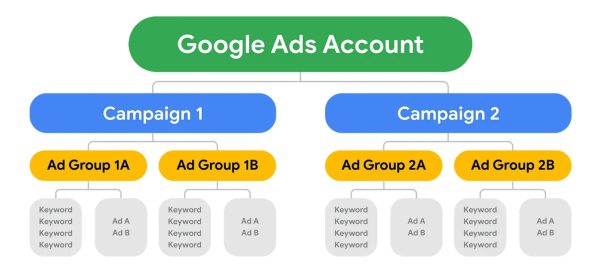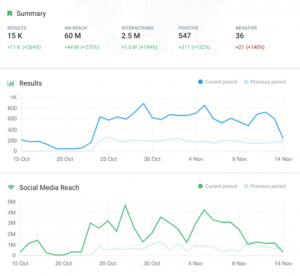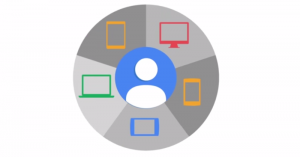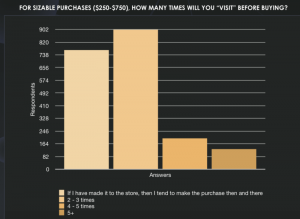Want to learn about PPC advertising and how it can boost your business but not sure where to start? Search Engine People, Canada’s leading search engine marketing agency, is here to help.
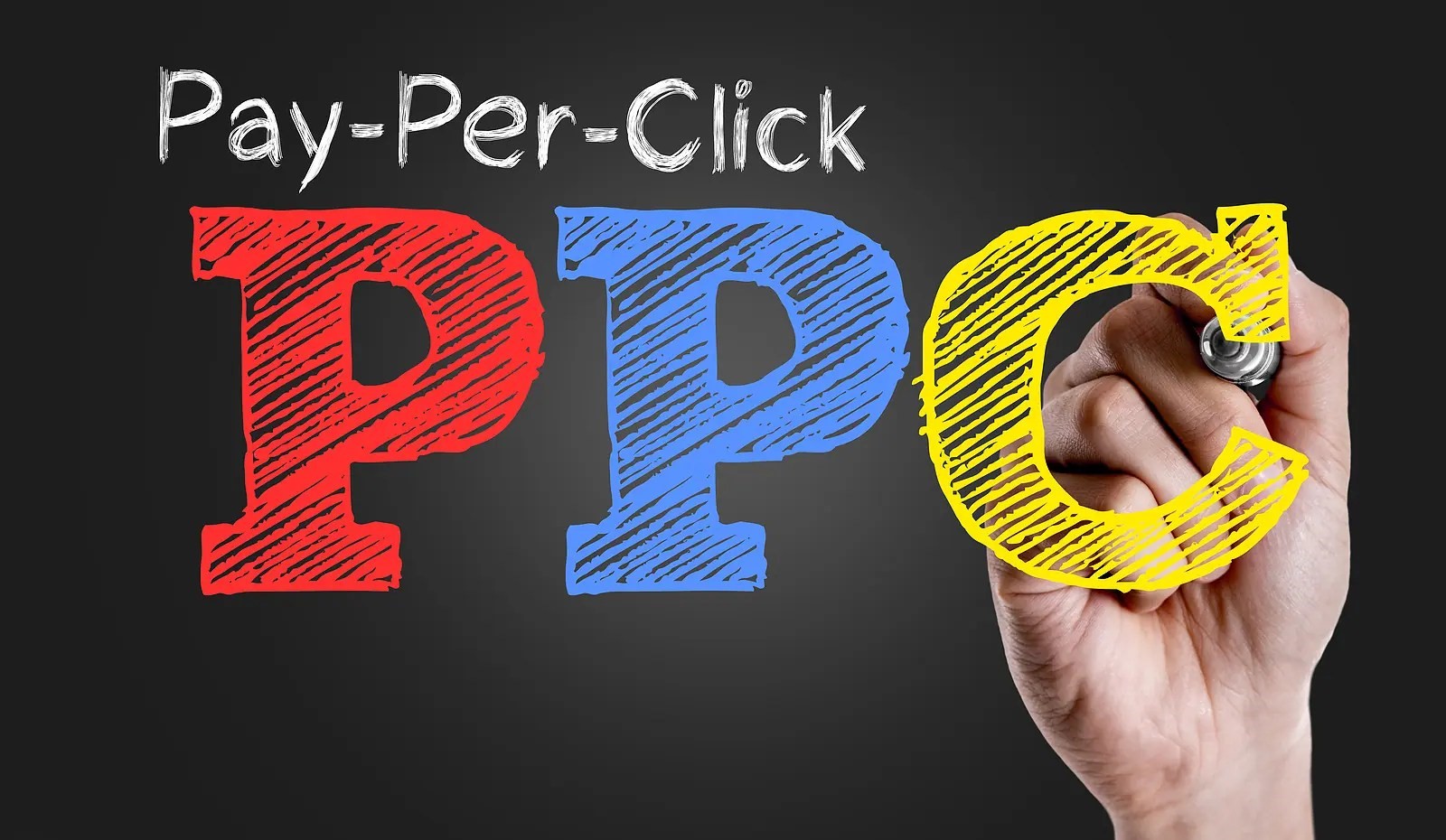
Table of Contents
• What is PPC?
• What is PPC Advertising?
• How Exactly Does PPC Advertising Work?
• What is Google Ads?
• How PPC Works Within Google Ads
• How to Do PPC With Google Ads
• PPC Keyword Research
• PPC Campaign Management
• How to Get Started with PPC
What is PPC?
PPC stands for Pay-Per-Click.
What Is PPC Advertising?
PPC advertising is a type of digital advertising that requires advertisers to pay a set amount each time a user clicks on one of their ads. Once users click, they’re directed to either the advertiser’s home page or an offer-specific landing page on an advertiser’s website or app.
When PPC advertising is done correctly, the cost-per-click will be minor compared to the return. For example, if an athletic-wear advertiser pays $2 per click, and the user buys a pair of running shoes worth $200, the advertising quickly pays for itself and racks up a hefty profit to boot.
Practically every platform out there – including Google, Bing, Facebook, X (formerly known as Twitter), LinkedIn, Reddit, Pinterest, TikTok and Amazon – offers some type of PPC advertising. Depending on which platform ads appear on (such as search engines, social media or e-commerce sites), they can take the form of text, images, videos or a combination thereof.
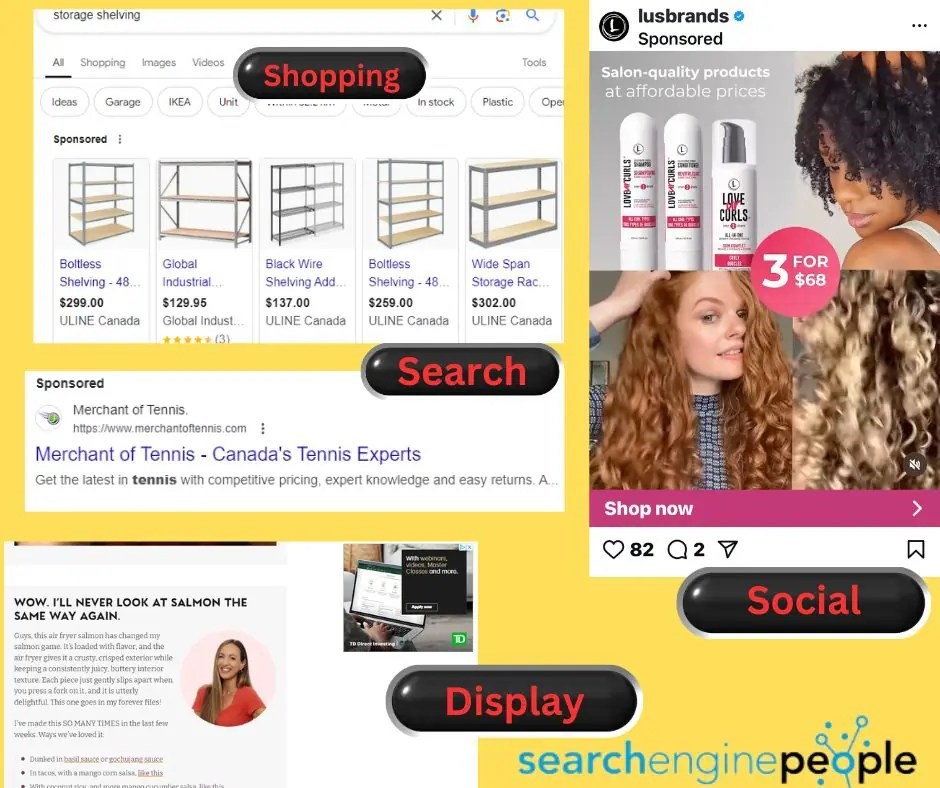
Advertising on Search engines – also known as search engine advertising, search engine marketing or paid search – is a hugely popular form of PPC.
On search engines such as Google or Bing, advertisers set a budget, then bid on a preferred set of keywords – such as “best weed whacker” in order to try and appear at the top of the sponsored listings on the first page of the search engine results that a user would see after typing in their search query.
The image below shows how both PAID sponsored (PPC) and UNPAID editorial links appear on one of Google’s Search Engine Results Pages (SERP). We’ll discuss how search engines and other platforms decide which paid ads appear and in what order in more depth later in this blog, so keep reading.

How Exactly Does PPC Advertising Work?
PPC advertising varies between platforms, but in general, the process is as follows:
- Choose your campaign type based on your objective (leads, website traffic, sales, etc.).
- Refine your settings and targeting (audiences, locations, devices, schedule, etc.).
- Provide your budget and bidding strategy.
- Determine and input your destination URL (website home page or individual landing page).
- Create your ad.

Above, is an example of what the budget step looks like in Google Ads.
Once your campaign is live, your budget, bid, campaign settings, and the quality and relevance of your ad – within various verticals or next to various types of content – allow the platform’s algorithm to determine where, when and how often your ad appears, as well as how much you pay per click.
The higher your campaign’s level of relevancy and trust, the higher your ad positioning and the lower your costs will be.
What is Google Ads?
Google Ads is a platform that allows advertisers, both big and small, to create ads that appear on Google’s search engine and other Google properties.

Because Google is the world’s most popular search engine, its owned properties, such as YouTube, are tremendous traffic magnets, and because Google’s ad network includes more than 2 million sites, Google Ads is hands down the most popular PPC advertising system across the globe.
Each time a page is loaded on one of its network sites, a YouTube video is viewed, or a Google search is initiated, Google chooses a set of “winner” ads to appear on the digital real estate associated with the page.

The winners for the above search phrase “best string trimmer for weeds” were chosen based on a combination of factors, including the relevance and quality of their ad campaigns and keywords and the monetary value of their keyword bids.
How PPC Works in Google Ads
Before advertisers create ads, keyword research needs to be done. The goal of keyword research is to understand the type of words and phrases consumers type into search engines as they move through their customer journey – proceeding from awareness through interest and consideration to evaluation and purchase.
Once a set of keywords has been determined, advertisers choose which they’ll target with ads and what bid value they’ll place on those keywords.
Since many advertisers could be bidding on the same keywords, Google uses a proprietary set of formulas and an auction-style process to determine which ads will appear within its sponsored listings and in what order.
Once an ad is entered into Google’s auction, it receives a Quality Score from 1 to 10 based on the ad’s relevance to the keyword, the expected clickthrough rate (CTR) for the ad, and the quality of the landing page it’s being directed to.
Google will then multiply the Quality Score by the advertiser’s maximum bid (the most the advertiser is willing to pay for a click on that ad) to determine the Ad Rank. The ads with the highest Ad Rank scores are the ones that show.
This system keeps consumers happy by only showing them the highest quality and most relevant ads based on their searches, keeps Google happy by maximizing ad revenue, and keeps advertisers happy by ensuring high clickthrough rates (since expected clickthrough rate is a SIGNIFICANT factor in determining Quality Score).
The infographic below illustrates how the Google Ads auction works.

SIX main factors in the ad auction determine which ads appear and in what order:
• The bid: When an advertiser sets a bid, they’re telling Google Ads the maximum amount they’re willing to pay for a click on their ad. How much they actually end up paying is often less, and they can change your bid at any time.
• The quality of the ads: Google Ads also looks at how relevant and useful the ad and the website it links to are to the person who’ll see it. Google’s assessment of the quality of the ad is summarized in the Quality Score, which advertisers can monitor in their Google Ads account.
• The expected impact from the ad assets and other ad formats: When advertisers create an ad, they have the option to add additional information, such as a phone number or more links to specific pages on your site. These additions are called ad assets. Google Ads estimates how assets and other ad formats that are used will impact the ad’s performance. Even if their competition bids higher, advertisers with lower bids can still win a higher position at a lower price by using highly relevant keywords, ads and assets.
• Ad Rank thresholds: To help ensure high-quality ads, Google sets minimum quality thresholds that an ad must achieve in order to be shown in a particular ad position.
• The context of the ad: Within the ad auction, context matters. When calculating Ad Rank, Google looks at the search terms the person has entered, the time of the search and the person’s location at the time of the search, the type of device they’re using (for example, mobile or desktop), the nature of the search terms, other ads and search results that show on the page, plus other user signals and attributes.
• The competitiveness of an auction: If two ads competing for the same position have similar ad ranks, each will have a similar opportunity to win that position. As the gap in ad rank between two advertisers’ ads grows, the higher-ranking ad will be more likely to win but also may pay a higher CPC for the benefit of the increased certainty of winning.
How to Do PPC with Google Ads
Because Google’s Search engine receives massive traffic, PPC marketing via Google Ads is incredibly important, since it’s likely to deliver the most impressions and clicks on an advertiser’s ads.
But depending on the keywords and match types you select, your ads could appear a little or a lot.
To make your PPC advertising campaign as successful as possible, improve your Quality Score by doing the following:
• Bid on relevant keywords. Use in-depth keyword research to find relevant PPC keyword lists and organize them into tight keyword groups.
• Develop enticing ad text that’s specific and relevant to your keyword groups.
• Create quality landing pages. Create optimized landing pages with content tailored to specific search queries and include a clear call to action on each landing page.
• Capture attention. Use eye-catching ad creative at all times, but especially for social media and display campaigns.
Below are examples of PPC ads. The first ad includes emotional messaging and multiple links. The one below it includes an image in addition to its text, but its messaging is not as compelling.

How to Do Effective PPC Keyword Research
Keyword research – while always detailed and often incredibly time-consuming – is instrumental to creating a successful PPC ad campaign.
Developing keyword lists and groups isn’t a set-it-and-forget-it sort of thing. Advertisers should continuously grow and refine their PPC keyword list to capitalize on consumer trends and stay one step ahead of their competition.
Unless you have a bottomless ad budget, during your first round of keyword research, you likely had to pass over or parking lot hundreds, if not thousands, of valuable, long-tail, low-cost and highly relevant keywords that were driving traffic to your site. Don’t forget to revisit these keywords and explore and add new ones to keep your campaign momentum moving forward.
The most effective keyword lists are:
• Relevant: It’s vital that your keyword lists are as closely related to the type of services you offer or products you sell, as otherwise, you could end up paying for clicks that don’t convert.
For example, even if you know your electric weed whacker is the toughest on the market; because it’s recommended only for home use, you wouldn’t want your ads to appear alongside keywords like “best industrial weed trimmers” or “best gas-powered string trimmers.”
• Exhaustive: While you’ll definitely want to consider popular and frequently-searched one- or two-word search phrases for your product or service niche, long-tail keywords – or those consisting of three to five words – will be more specific, less competitive, less expensive and often account for the majority of search-driven traffic.
• Expansive: The more PPC ad campaigns you run, the more insights you’ll glean about what does and doesn’t cause potential customers to convert. Because of this, your keyword list will naturally grow and adapt. If it doesn’t, you’ll miss opportunities to grow your business and sales.
If you want to find high-volume, industry-specific keywords to use in your PPC campaigns, be sure to check out Google’s FREE Keyword Planner Tool, pictured below.

Managing Your PPC Campaigns
In addition to developing highly relevant and constantly adapting keyword lists, creating captivating visuals, writing ad copy that leads to clicks and architecting landing pages that convert – checking in on your campaign and making adjustments where necessary is one of the best predictors of success.
To optimize your PPC ad campaigns, try tweaking them with the following tactics:
• Continuously add PPC keywords: Expand the reach of your PPC campaigns by researching and adding relevant new keywords for your business.
• Add negative keywords: One way to create a highly targeted PPC ad campaign is to explicitly choose what NOT to target. Negative keywords let you EXCLUDE specific keywords from your campaigns to help improve campaign relevancy and reduce wasted ad spend.
For example, if you’re an optometrist who sells “eyeglasses,” you’d want to exclude keywords such as “wine glasses” and “drinking glasses” from your campaign.
• Review keywords that cost a lot but don’t deliver: Review and shut off any overly expensive, underperforming keywords.
• Refine landing pages: While all ads within the same PPC campaign must point to the same web domain, you’ll want to create a unique landing page for each keyword group, then commit to refining both the content and CTA to better align with individual search queries as you go along.
Make modifications with the aim of making your message more targeted, so you increase the relevancy of the page, drive increased conversion rates and up your Quality Score.
• Split up ad groups: Splitting up your ad groups into smaller, more relevant ones will help you create more targeted ad text and landing pages, improving your clickthrough rate and Quality Score.

Get Started with PPC
We’ve laid out the basics of PPC advertising, so you’ll feel more confident if you decide to go it alone. But wouldn’t your time be better spent building your business instead of doing hours of keyword research, creating ad groups, entering bids and optimizing your campaigns on the fly?
At Search Engine People, we’ve been running PPC ad campaigns for over 20 years, and we’ve forgotten more than most of our competitors will ever learn about PPC advertising.
Get Search Engine People, Canada’s leading PPC agency, working for you, and discover how PPC advertising can take your business (and sales) to the next level and beyond!
The post What is PPC? appeared first on Search Engine People Blog.
(4)
Report Post